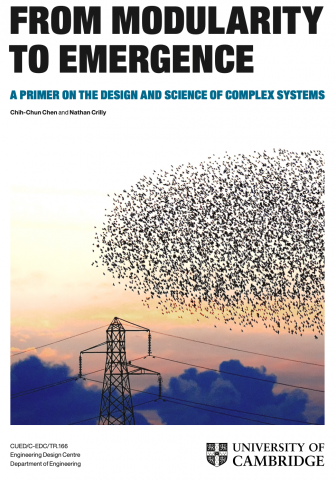This primer introduces a domain-neutral framework and diagrammatic scheme for characterising the ways in which systems are modular or complex. Rather than seeing modularity and complexity as inherent attributes of systems, we instead see them as ways in which those systems are characterised by those who are interested in them. The framework is not tied to any established mode of representation (e.g. networks, equations, formal modelling languages) nor to any domain-specific terminology (e.g. ‘vertex’, ‘eigenvector’, ‘entropy’). Instead, it consists of basic system constructs and three fundamental attrib- utes of modular system architecture, namely structural encapsulation, function- structure mapping and interfacing. These constructs and attributes encourage more precise descriptions of different aspects of complexity (e.g. emergence, self-organisation, heterarchy). This allows researchers and practitioners from different disciplines to share methods, theories and findings related to the design and study of different systems, even when those systems appear super- ficially dissimilar.
Defines standard
Replaced/Superseded by document(s)
Cancelled by
Amended by
| File | MIME type | Size (KB) | Language | Download | |
|---|---|---|---|---|---|
| Chen_and_Crilly-2016-From_modularity_to_emergence.pdf | application/pdf | 6.15 MB | English | DOWNLOAD! |

